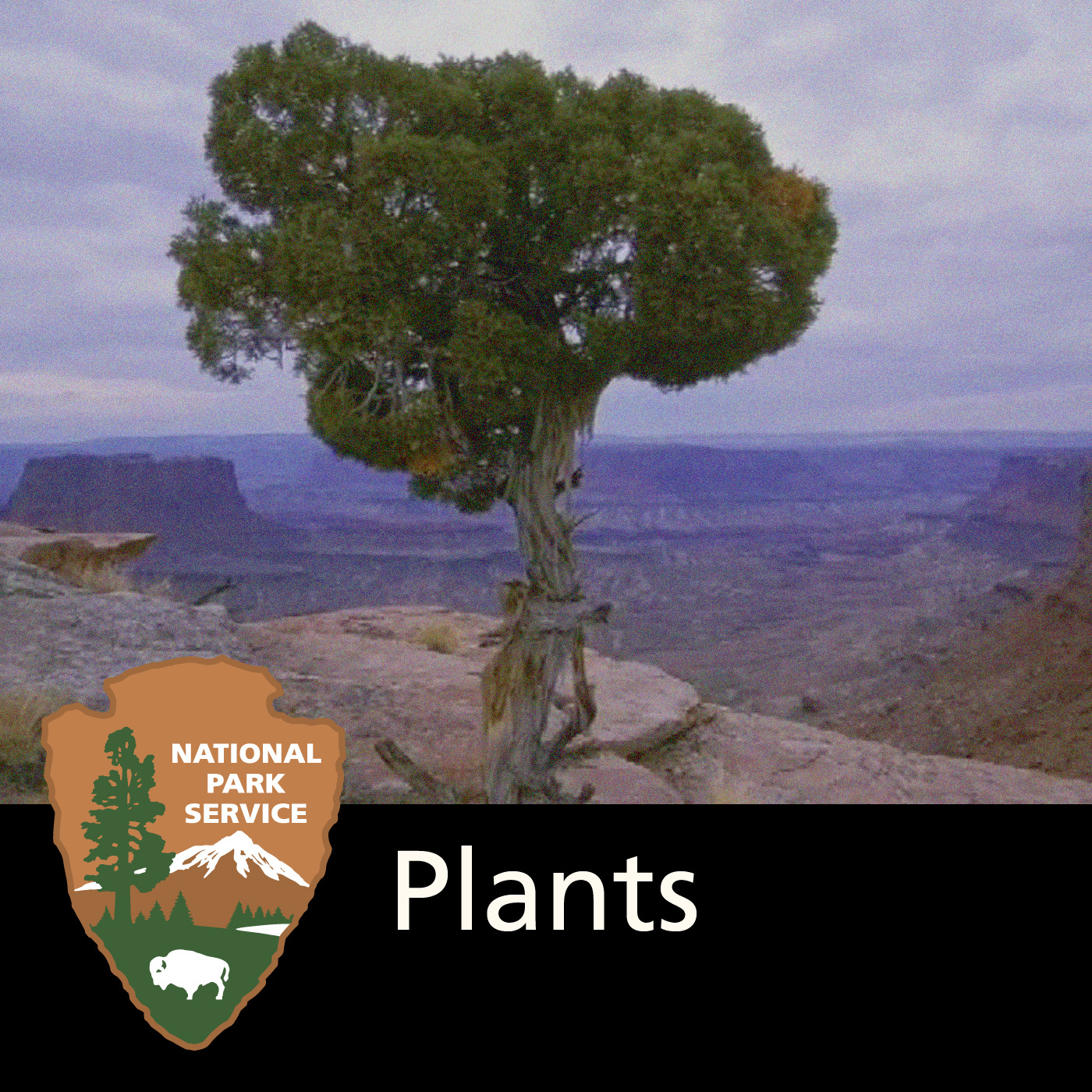Episodes
A wall of green leaves shifting in the slight breeze at Ephesus, behind some cacti. The videographer can be heard speaking, and the leaves can be heard rustiling.
Published 10/01/13
Yosemite National Park: Throughout the Sierra Nevada, high flat plateaus are found at elevations around twelve and thirteen thousand feet. These isolated sky islands are the home to unique plant communities that are found nowhere else.
Published 03/14/13
Yosemite National Park: From foothill elevations to high mountain peaks, hundreds of flower species are found throughout Yosemite National Park. Rangers and scientists discuss the rich botanical history and some of the rare plants found here.
Published 03/14/13
Valley Forge NH Park: Discover the history of meadows at Valley Forge by listening to this audio file.
Published 03/14/13
Valley Forge NH Park: The different ways pollination occurs and the difference in plant and tree pollination is discussed. Butterflies and milkweeds are emphasized.
Published 03/14/13
Valley Forge NH Park: Pine forest, nonnative plants, and invasive species at Valley Forge are discussed.
Published 03/14/13
Hawai'i Volcanoes NP: What is a silversword, why is it so rare, and what is its relation to Hawaiian cowboys? Watch the video to find out.
Published 03/14/13
Published 03/14/13
Natural Laboratory: Non-native death cap mushrooms have been introduced at Point Reyes National Seashore and are affecting the ecosystem. Tune in to learn more about these mushrooms such as which species of trees they interact with and the dangers they pose to humans.
Published 03/14/13
Canyonlands National Park: One of the most common trees in the American southwest, the Utah Juniper is well suited to life in the desert. Join ranger Karen Henker for a quick summary of its unique adaptations.
Published 03/14/13
Redwood NP: Park Ranger Liam describes the differences between the upper and lower needles on a coast redwood.
Published 03/14/13
Redwood NP: Park Ranger Liam discusses the reproduction capabilities of coast redwoods.
Published 03/14/13
Yosemite National Park: Most of Yosemite National Park is covered with vast conifer forests, and with abundant precipitation and warm temperatures, the park's mountains are home to some of the largest trees in the world.
Published 03/14/13
Yosemite National Park: Changing appearance throughout the seasons, the black oak is one of the iconic trees of Yosemite Valley, and its acorn is used for food by both animals and people.
Published 03/14/13


